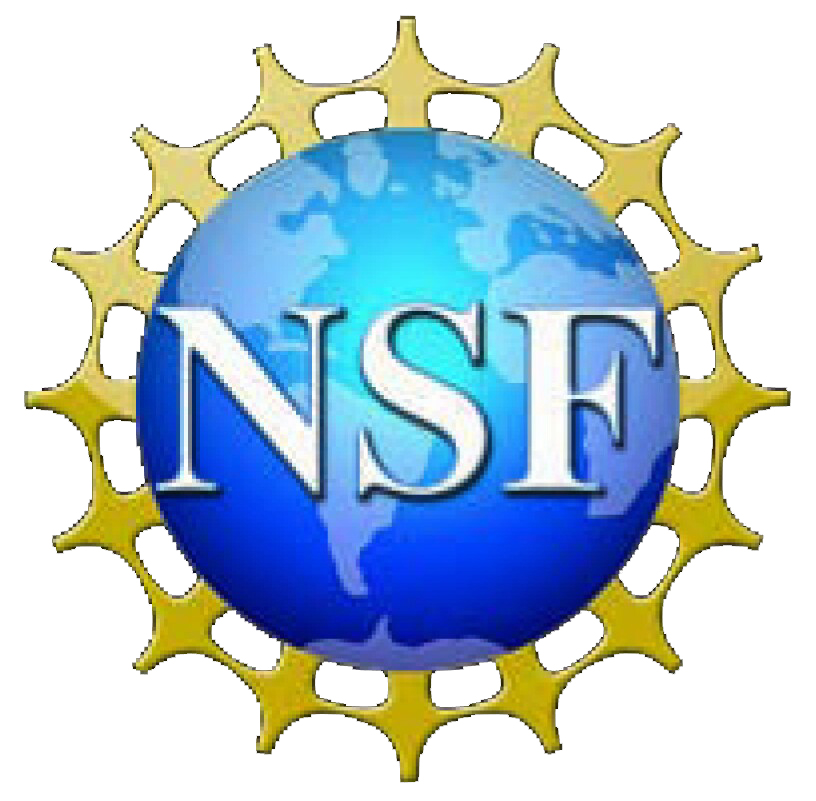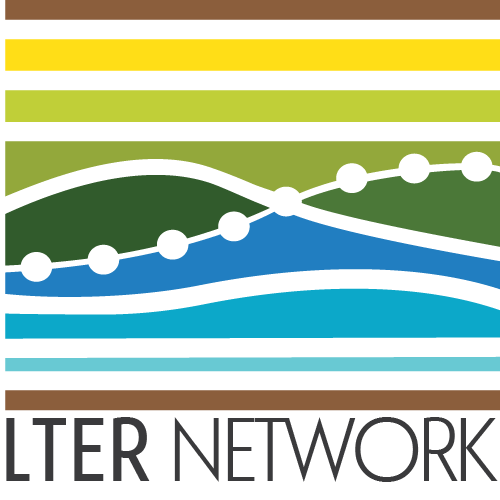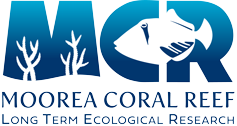First Year:
2006
Last Year:
2019
These data were generated in support of the manuscript: Srednick G, Davis K, and Edmunds P, Nature
To evaluate whether spatial insurance effects are important on coral reefs, we explored variation over 2006–2019 in coral community structure and environmental conditions in Moorea, French Polynesia. We studied coral community structure at a single site with fringing, back reef, and fore reef habitats, and used this system to explore associations among community asynchrony, asynchrony of environmental conditions, and community stability. The daily range in seawater temperature among habitats suggests it could be a factor contributing to the variation in coral community structure. Wave-forced seawater flow facilitated larval exchange among connected habitats, differing in strength among years, and accentuated periodic connectivity among habitats at 1-7 year intervals. At this site, connected habitats harboring taxonomically similar coral assemblages and exhibiting asynchronous population dynamics can provide insurance against extirpation and may promote community stability. If these effects apply at larger spatial scale, then among-habitat community asynchrony is likely to play an important role in determining reef-wide coral community resilience.
This manuscript uses data collected by the U.S. National Science Foundation's (NSF) Moorea Coral Reef Long Term Ecological Research (MCR LTER) site under Grant No. OCE 2224354 (and earlier awards). Additional financial support to the MCR LTER site was provided through a generous gift from the Gordon and Betty Moore Foundation. Research was completed under permits issued by the French Polynesian Government (Délégation à la Recherche) and the Haut-commissariat de la République en Polynésie Francaise (DTRT) (Protocole d'Accueil 2005-2023).
Package Type:
Publication
Topic:
Coral
Core Research Areas:
Populations
Disturbance
Keywords:
Temperature Community Structure, Population Dynamics, Seawater, Water Temperature, Marine, Wave Height, Spatial Variability



